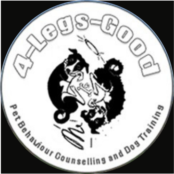The importance of dealing with behaviour problems
The ‘put to sleep’ statistics for pets with behaviour problems are truly shocking. In the modern world, behaviour problems in pets cause more deaths than cardiac disease, infectious disease and cancer put together (Overall 2010). A study of 2493 dogs in Denmark showed 23.6 % were put to sleep in response to behavioural problems (Mikkelsen […]
The importance of dealing with behaviour problems Read More »
